02 May Participatory Budgeting Expanding in San Francisco
By Aaron Davis and Alison Littman
During the week of May 5, 2014, residents in three Districts of San Francisco cast their ballots for the City’s 2014 installment of Participatory Budgeting (PB) – a grassroots, community-based process which allows individuals to propose projects, discuss ideas at public meetings, and vote on the use of public funds to benefit their communities. District 3 was the first in San Francisco to participate in PB in 2013; Districts 7 and 10 joined for 2014, with each District putting $100,000 into the hands of the public.
 Katz & Associates began working with the Office of the Controller in February of 2014 to design and implement a communication and outreach plan to raise awareness of PB and encourage residents to submit project proposals – and of course, to vote. The project proved to be a race against the clock, with just over two months to schedule five public meetings, generate and vett through public project proposals, determine the final ballot, and conduct voting – with all projects slated to be identified and funded before June 30, 2014 fiscal year. This made the use of web-based proposals and voting critical to the success of the project.
Katz & Associates began working with the Office of the Controller in February of 2014 to design and implement a communication and outreach plan to raise awareness of PB and encourage residents to submit project proposals – and of course, to vote. The project proved to be a race against the clock, with just over two months to schedule five public meetings, generate and vett through public project proposals, determine the final ballot, and conduct voting – with all projects slated to be identified and funded before June 30, 2014 fiscal year. This made the use of web-based proposals and voting critical to the success of the project.
In other cities where the process has been implemented (Chicago, New York, London, etc.), PB has traditionally lived primarily in public forums and has not relied heavily on web-based application or voting processes – however, Katz and the City determined that it would be essential to expand upon the project’s reach under tight time constraints.
Our team was able to design a website with an embedded project submission form and go live in less than two weeks, and at a minimal cost to the client. The online form generated between 30 to 40 proposals for each District, which were pared down to 18 to 25 projects for each final ballot. However, the real dividends of the site came during voting, where more than 1,500 eligible voters cast PB ballots online across all three Districts. With the addition of in-person votes, more than 1,900 total voters participated in the process.
In addition to web presence, Katz’s San Francisco team was instrumental not only in facilitating public meetings and group project discussions, but also in spreading the word to District residents about the availability of public money through PB. Winning projects were announced to District residents in early June, with all projects scheduled to be completed by City departments during the upcoming year.
Have a look at www.sfpb.net
